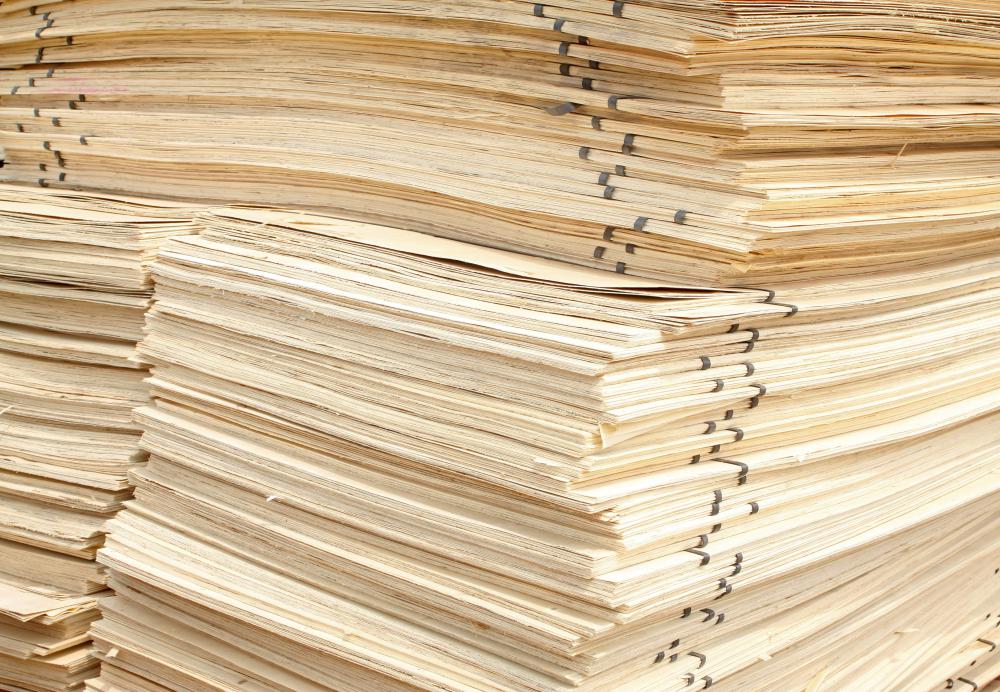At HomeQuestionsAnswered, we're committed to delivering accurate, trustworthy information. Our expert-authored content is rigorously fact-checked and sourced from credible authorities. Discover how we uphold the highest standards in providing you with reliable knowledge.
What is Veneer Siding?
Veneer siding is an alternative to solid lumber, brick, stucco, or other home sidings. It resembles these materials, but is usually thinner and generally used for decorative, not structural, purposes. The use of veneer siding continues to grow because the panels are generally more affordable and considered less wasteful than solid lumber or other products.
A variety of veneer siding is available for industrial and individual use. Most wood veneers are typically used for indoor projects because they lack the weather resistance of some solid, pressure-treated lumber. Still, wood veneer is sometimes used to complete outdoor projects where solid lumber is not an option. Veneer masonry may provide a fancier physical appearance to an exterior, improving the look of a basic building without the added cost and weight of solid stone.

Wood veneer usually refers to 1/8 inch (.317 cm) thick panels of wood sliced in large blocks from the trunk of a tree. These may be glued onto existing "core panels" like wood or fiberboard to create panels for use on cabinets, doors, furniture, flooring, and more. Plywood veneer siding usually consists of three or more layers of veneer and serves a variety of both interior and exterior applications.
Masonry veneer siding can include bricks, stone, and patterned concrete. This type of siding is usually built with an airspace between the siding and the building structure, allowing for water drainage and the addition of installation. Like other veneer sidings, masonry veneers do not add any structural strength to a house, and must be attached to the building structure for stability.
Although veneer siding lends itself to a variety of functions and designs, there are issues to be aware of. When using veneer siding of any material for exterior projects, one might consider the need for additional insulation. Due to the thin nature of most of these products, their resilience to weather factors such as heat and humidity is likely to be less dependable than thicker products like solid lumber or consistent layers of masonry such as brick or stone. Unlike solid lumber that is usually cut into pieces no smaller than 1 1/8 inches (2.857 cm), wood veneer may be as thin as 1/40 of an inch (.063 cm) thick.
AS FEATURED ON:
AS FEATURED ON:











Discuss this Article
Post your comments